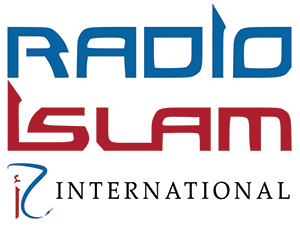There are more refugees in the world than ever before. About 26 million people have fled their countries because of conflict, violence, persecution, or human rights violations. That’s about the same number of people who live in Shanghai, China, the world’s third-largest megacity.
Many more people than that — 79.5 million — have been forcibly displaced from their homes, according to the U.N. refugee agency’s latest report. The previous spike in displacement occurred after World War II when 60 million people were left homeless. Todays displaced include 4.2 million people who are seeking asylum — refugee status — and 45.7 million people who are displaced within their own countries because of violence, instability, or natural disasters.
Each year, the United Nations and people around the world recognize the plight of refugees on June 20, World Refugee Day. During this week we will try to unpack various matters related to Refugees.
Let us start with understanding the difference between refugees, internally displaced people, asylum seekers etc.
Who is a refugee?
A refugee is someone who has been forced to flee his or her country because of persecution, war or violence. A refugee has a well-founded fear of persecution for reasons of race, religion, nationality, political opinion or membership in a particular social group. Most likely, they cannot return home or are afraid to do so. War and ethnic or tribal violence are leading causes of refugees fleeing their countries.
“68% of those displaced across borders come from just five countries: Syria, Venezuela, Afghanistan, South Sudan and Myanmar.”
Who is an asylum seeker?
When people flee their own country and seek sanctuary in another country, they apply for asylum – the right to be recognized as a refugee and receive legal protection and material assistance. An asylum seeker must demonstrate that his or her fear of persecution in his or her home country is well-founded.
Who is an internally displaced person?
An internally displaced person, or IDP, is someone who has been forced to flee their home but never crossed an international border. These individuals seek safety anywhere they can find it—in nearby towns, schools, settlements, internal camps, even forests and fields. IDPs, which include people displaced by internal strife and natural disasters, are the largest group that requires assistance. Unlike refugees, IDPs are not protected by international law or eligible to receive many types of aid because they are legally under the protection of their own government.
Countries with some of the largest internally displaced populations are Colombia, Syria, Democratic Republic of the Congo and Yemen.
Who is a stateless person?
A stateless person is someone who is not a citizen of any country. Citizenship is the legal bond between a government and an individual, and allows for certain political, economic, social and other rights of the individual, as well as the responsibilities of both government and citizen. A person can become stateless due to a variety of reasons, including sovereign, legal, technical or administrative decisions or oversights. The Universal Declaration of Human Rights underlines that “Everyone has the right to a nationality.”
The true extent of statelessness is estimated to be much higher than estimated, as fewer than half of all countries in the world submit any data and some of the most populous countries in the world with large suspected stateless populations don’t report on statelessness at all.
What is the 1951 Refugee Convention?
The 1951 Geneva Convention is the main international instrument of refugee law. The Convention clearly spells out who a refugee is and the kind of legal protection, other assistance and social rights he or she should receive from the countries who have signed the document. The Convention also defines a refugee’s obligations to host governments and certain categories or people, such as war criminals, who do not qualify for refugee status. The Convention was limited to protecting mainly European refugees in the aftermath of World War II, but another document, the 1967 Protocol, expanded the scope of the Convention as the problem of displacement spread around the world.





0 Comments